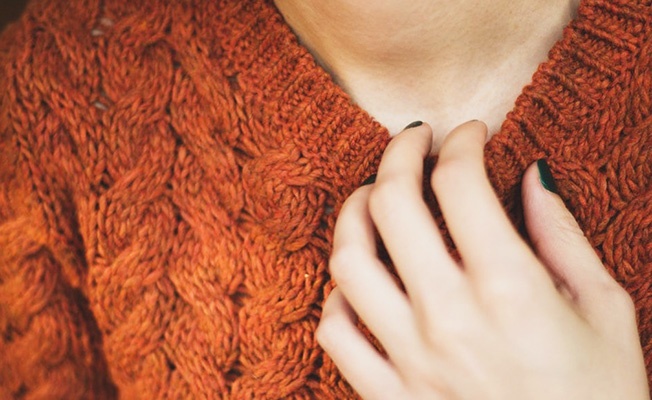Does your skin feel itchy and look reddish a few hours or even days after putting on certain clothes? Then you may be suffering from what’s called by skin specialists as textile contact dermatitis. This is most especially true if you are fond of putting on clothes that are tight fitting and come with colorful designs and embellishments.
If you believe that you have it, worry not. That’s because textile contact dermatitis is something that can be easily avoided as well as treated. Oftentimes, steering clear of clothes that can be blamed for it is enough to keep it from striking. Topical steroids or antibiotics may be prescribed at times if necessary.
Read on if you like to learn more about textile contact dermatitis. Also, don’t forget to share this article on your different social media sites afterwards in order to get your family members and friends also know some really important matters about this skin condition.
Common Causes
Your clothes can be made from fabrics that are natural or synthetic, and at times a combination of the two. Either way, there are certain fabrics that are known to cause skin irritation or allergy. However, that is rarely the culprit behind textile contact dermatitis, experts say.
According to skin specialists, textile contact dermatitis is more commonly brought about by chemicals or additives that are used in manufacturing textile or clothes. One example is formaldehyde, which is usually used to make textile less likely to end up wrinkled. Dyes and finishing resins are other textile contact dermatitis culprits.
There are certain designs or functional accessories added to clothes that can bring about textile contact dermatitis, too. For instance, decorative elements such as those out of latex can be blamed for the problem. Other examples are those metallic stud fasteners usually found in jeans and denim jackets.
Signs and Symptoms
One important characteristic of textile contact dermatitis that you should know about is it tends to cause delayed skin reactions. This means that the signs and symptoms associated with it commonly show up only after some time, usually hours or even days after coming into contact with the culprit.
Textile contact dermatitis is characterized by redness and sometimes scaling of the skin. Definitely, itchiness is a symptom that is encountered. A rash may show up, too, which can pave the way for a secondary infection if you scratch and break your skin and bacteria invade it.
Some areas of the body that are highly susceptible to textile contact dermatitis include the armpits, back of the knees, buttocks and groin. It’s for the fact that these areas are constantly in contact with clothes. Areas that constantly rub against the textile and also sweat a lot are at higher risk of textile contact dermatitis, too.
Available Treatments
Luckily for someone who is suffering from textile contact dermatitis, the skin problem tends to resolve in its own once the clothing responsible for it is removed. Needless to say, the best way to fend off textile contact dermatitis is to stop putting on clothes that are known to cause it. It’s also a good idea to steer clear of clothes out of synthetic textile.
Because textile contact dermatitis can cause skin itching, scratching can be tempting. However, it is a complete no-no as it can make matters worse. In case the skin breaks, a secondary infection may strike if bacteria invade it. If such happens, treatment is warranted to fend off complications.
For dealing with redness, inflammation and itchiness, there are OTC ointments containing mild steroids that can be applied on affected areas. If the symptoms are severe, a skin specialist may prescribe the use of a cream or gel that has higher concentrations of steroids. Topical antibiotics may be prescribed if there’s a secondary infection.













